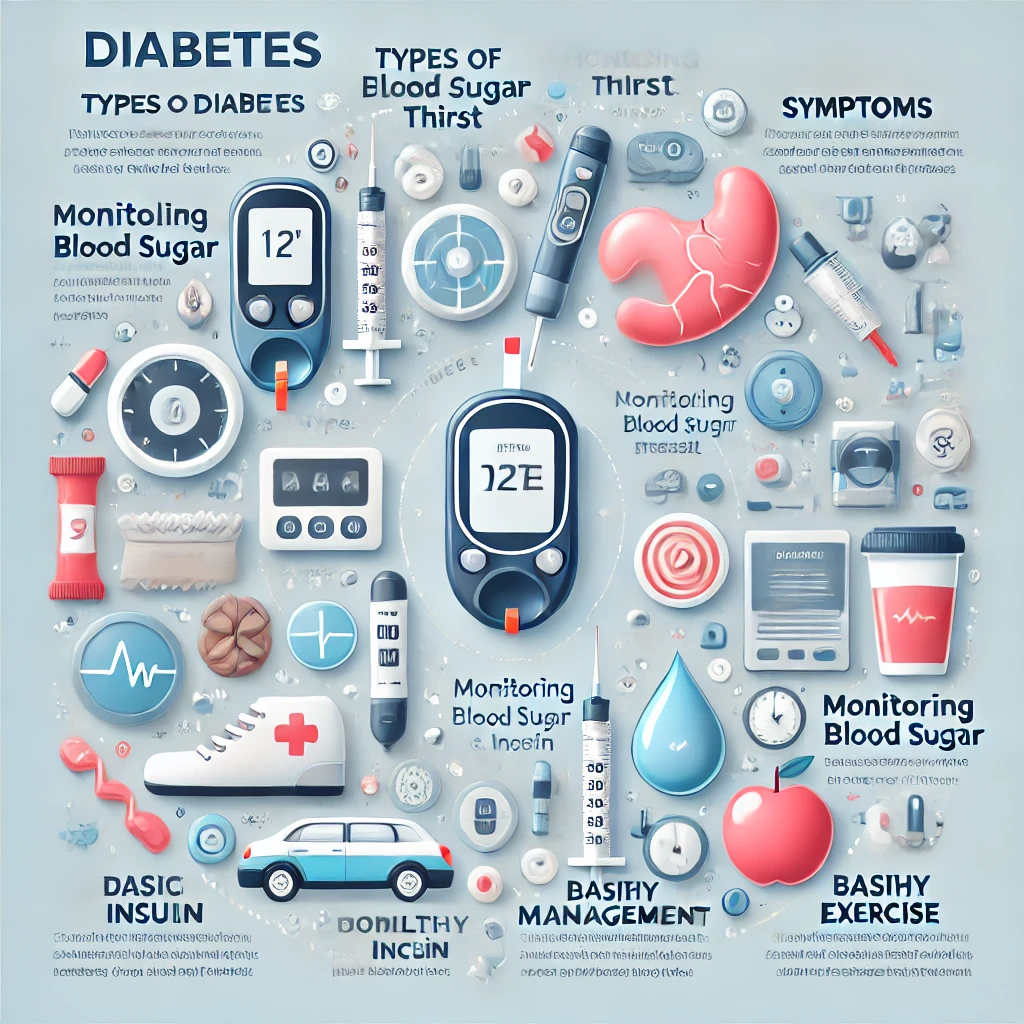In honour of World Diabetes Day, the spotlight is on the unwavering support that children, especially those with diabetes, receive within their educational communities.
Diabetes is a chronic condition that affects how the body processes blood sugar (glucose), which is essential for energy. There are two main types: Type 1 diabetes, an autoimmune disease where the body doesn’t produce insulin, usually diagnosed in children or young adults; and Type 2 diabetes, where the body becomes resistant to insulin or doesn’t make enough, often linked to lifestyle factors and more common in adults.
Symptoms can include frequent urination, excessive thirst, fatigue, and blurred vision. Managing diabetes involves monitoring blood sugar, a balanced diet, exercise, and in some cases, insulin or medication.
Without proper control, diabetes can lead to serious health complications such as heart disease, kidney failure, nerve damage, and vision loss.
For students, managing diabetes is a daily journey that requires balancing academics with blood sugar monitoring, insulin administration, and other essential routines.
Schools and communities that provide a supportive environment can make a significant difference in helping students with diabetes thrive.
Children with diabetes must monitor blood glucose levels, administer insulin, and carefully balance food intake and physical activity. These tasks are often challenging for young students, who also need to focus on their academic and social lives.
When schools adopt proactive measures to support students with diabetes, they create a more inclusive and positive environment that empowers children to manage their condition confidently.
Teachers, school nurses, and administrative staff play a key role in making diabetes management feasible in the classroom, on the playground, and during extracurricular activities.
The first step in creating diabetes-friendly schools is educating staff and students on the basics of diabetes, particularly the importance of blood sugar monitoring, insulin, and the risks of both hypoglycemia (low blood sugar) and hyperglycemia (high blood sugar).
Teachers and staff trained in diabetes management can quickly recognize signs of low or high blood sugar and act accordingly, providing a critical safety net for students. Schools can designate specific areas for children to monitor their blood sugar levels, administer insulin, and have quick access to snacks or emergency glucose if they experience a sudden drop in blood sugar.
Additionally, many schools have begun implementing diabetes management plans tailored to each student’s needs. These plans include accommodation, such as allowing children to check their blood sugar during class, scheduling time for meals and snacks, and providing flexibility during exams.
For children with diabetes, having this accommodation can reduce stress and help them feel supported.
Teachers are on the front lines of diabetes care in schools, and their awareness and support can significantly impact a child’s experience. Teachers who are informed about diabetes can help reduce the stigma that children with diabetes sometimes face and can ensure that students feel comfortable discussing their condition. For instance, they can provide private, compassionate spaces for students to manage their diabetes and facilitate conversations that help classmates understand the importance of this care.
School nurses also play a pivotal role. They are often responsible for overseeing blood sugar monitoring, helping administer insulin, and providing immediate assistance if a child’s blood sugar fluctuates dangerously. In schools with a dedicated nurse, students with diabetes have someone they can rely on for medical guidance throughout the school day. The presence of a school nurse also reassures parents that their child’s health is well-managed during school hours.
Fostering peer support is essential in creating an inclusive environment. Children with diabetes can sometimes feel isolated due to their unique needs, and they may be reluctant to test their blood sugar or take insulin in front of their classmates. However, when classmates understand diabetes and show empathy, it reduces stigma and promotes acceptance.
Some schools organize workshops or assemblies during World Diabetes Day to raise awareness about diabetes and educate students on how they can support their peers. Such initiatives foster understanding and acceptance, ensuring that children with diabetes feel included and respected.
The school environment is a partnership between educators and parents, especially for children with diabetes. Effective communication between parents and school staff can significantly improve a child’s experience. Schools can keep parents informed of any health incidents, changes in their child’s routine, or specific needs that arise during the school day.
Some schools have also introduced parent support groups, where families can connect, share experiences, and discuss diabetes management strategies. These groups create a sense of community, helping families feel supported as they navigate the complexities of managing diabetes in young children.
Beyond schools, community organizations can play a vital role in supporting children with diabetes. Local health organizations can provide resources, education, and medical equipment to schools, making it easier for them to support students with diabetes.
Advocacy groups and non-profits have also contributed by offering workshops, school supplies, and fundraising initiatives to help schools create diabetes-friendly environments. These partnerships extend the support network available to children and families and help ensure access to essential care.
By creating diabetes-friendly environments, schools empower children with Type 1 diabetes to focus on their academics and social growth. These supportive settings allow students to develop confidence and independence, learning how to manage their condition while engaging fully in school life.












